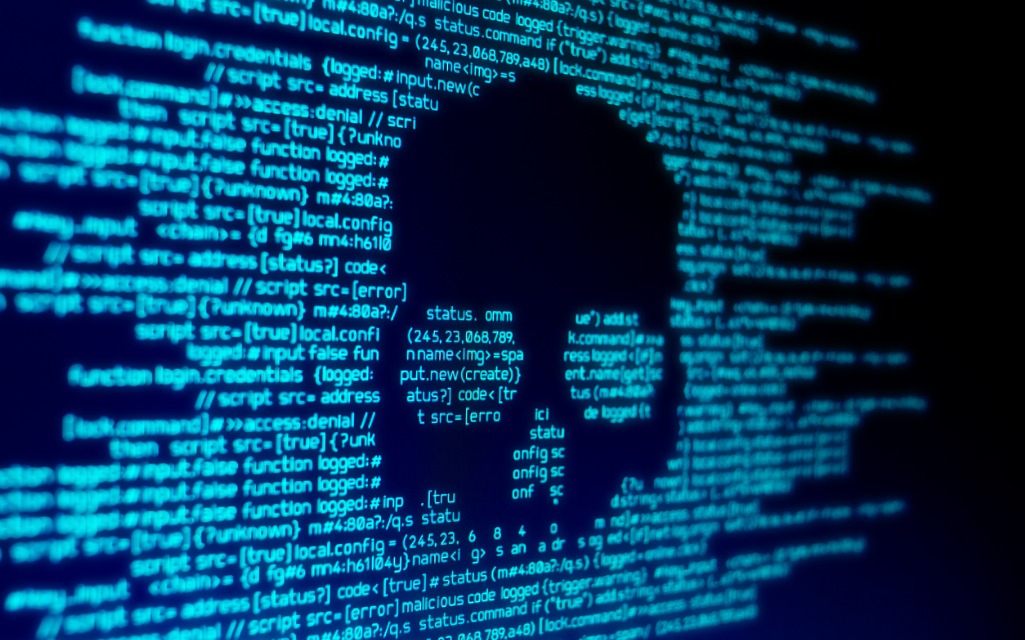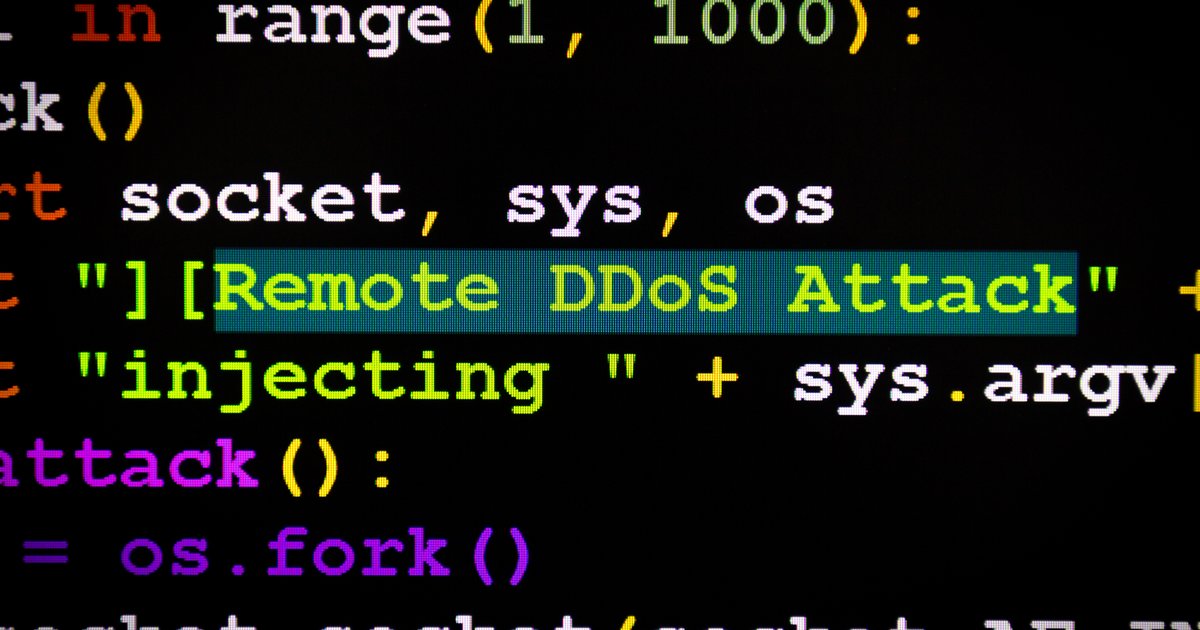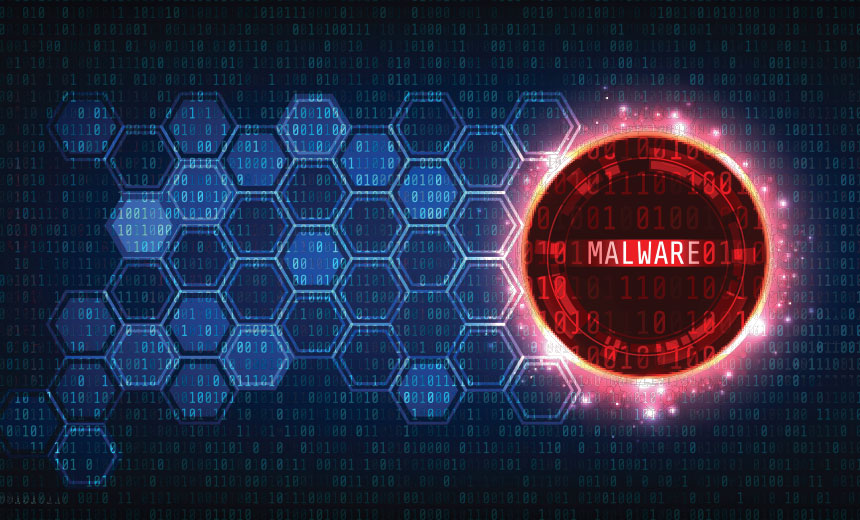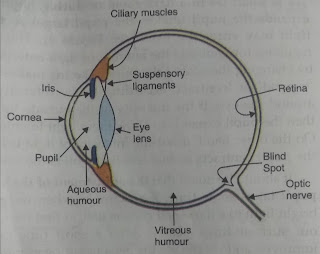A threat refers to anything that has the potential to cause serious harm to a computer system. They can put individuals, systems or business computers at risk. Therefore, vulnerabilities have to be fixed so that attackers cannot infiltrate the system and cause damage.
The list given below describes some of the similar threats-
1. DENIAL OF SERVICE(DoS) Attacks(DDoS)-
DoS attackers are those attacks that prevent the legitimate users from accessing or using resources and information. These types of attacks can steal all the resources of the system and can bring it to a halt state. Types of DoS attacks are-
- Denial of Access to Information: Corrupting, encrypting or changing the status of information so that the information is not accessible to it's rightful user or owner.
- Denial of Access to Application: Forced shutting of an application as soon as the user opens it.
- Denial of Access to Resources: Blocking a resource, may be a scanner or USB, of a computer and preventing the computer from working properly.
- Denial of Access to Website: Sending bulk messages or requests to a site so that it cannot be accessed by any other user.
2. MALWARE-
Malware or 'Malicious software' is a file or a code, which is delivered over a network, that infects, explores and steals or conducts any behaviour an attacker wants. The malware generally has one of the following objectives-
- Provide control to an attacker to use the infected system
- Steal insensitive data
- Spend spam from the infected machine to unsuspecting target.
3. VIRUSES-
Viruses are programs that copy themselves throughout the computer. They are only activated when a user opens the program. The viruses can corrupt or steal the data, can erase everything from the hard disk and use the user's email to spread themselves. It may slow down the computer as a result of replication of virus in the background without being visible to the screen. They can damage files the files thgat are important for the working of the operating system.
4. WORMS-
Worms are self-replicating viruses that exploit security vulnerabilities to automatically spread themselves across computers and other systems. Unlike viruses, worms do not attach to the programs or make changes in files. They go unnoticed and replicate themselves to such an extent that consumes resources and the network bandwidth.
5. TROJANS-
Malware disguised in what appears to be a legitimate or authentic software are known as a trojan. Once activated, trojans will conduct whatever the action they have been programed to carry out. Trojans do not replicate or reproduce through infection.
6. ZOMBIE COMPUTER AND BOTNETS-
- A zombie is a computer connected to the internet that has been compromised by a hacker, computer virus or trojan horse can be used to perform malicious tasks under remote directions. Zeus, Koobface, TidServ, Monkif, Hamweq, Gammimma, etc.l are a few examples of zombie computers.
- Botnets(short for 'robot network') are often used to spread email spam and launch DoS attacks. Most users of zombie computers are unaware that their system is being used in this way.
7. SPYWARE-
Malware that collects information of infected computer and communicates back to the attacker is know as a spyware. It gets installed on the PC without our consent or gets downloaded from the net when we visit to a particular site containing the spyware.
8. PHISHING AND PHARMING-
Phishing is the attempt to acquire sensitive information such as usernames, passwords and credit card details by presenting itself as a trustworthy entity in an electronic communication. They usually occurs through emails and instant messaging and may contain link to websites that mislead the user to share the sensitive information.
Pharming is an attack in which a hacker attempts to redirect a website's traffic to another fake or bogus website. Through this hacker paves the user to a malicious or illegitimate website by redirecting the legitimate URL. Even if the URL is entered correctly, it can be redirected to the fake website.
9. ADWARE-
It is a type of malware that displays unwanted advertisements. It is commonly activated when user is trying to install legitimate application that adware is bundled with. They takes the form of irritating pop-up windows and banners; however, it can act in many different ways, like-
- Running adware uses power affecting the device's performance.
- It uses up data, with every pop-up downloaded.
- Acting similarly to adware, some types of adware track the user's movements and activities online in order to tailor specific adverts to the user.
THANK YOU FOR READING :)
NOTE- THE ABOVE MENTIONED IMAGES BELONGS TO THEIR RESPECTIVE OWNERS, WE DO NOT OWN ANY OF THE ABOVE IMAGES








Comments
Post a Comment